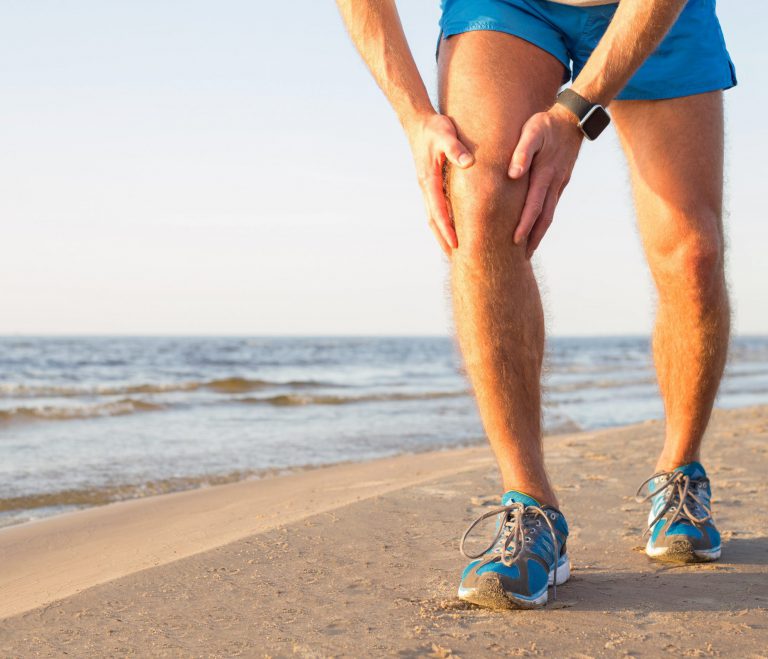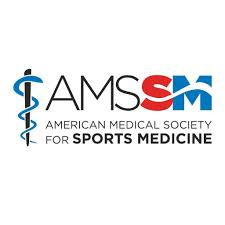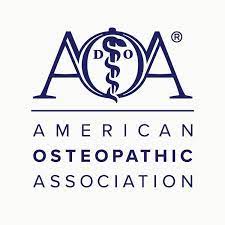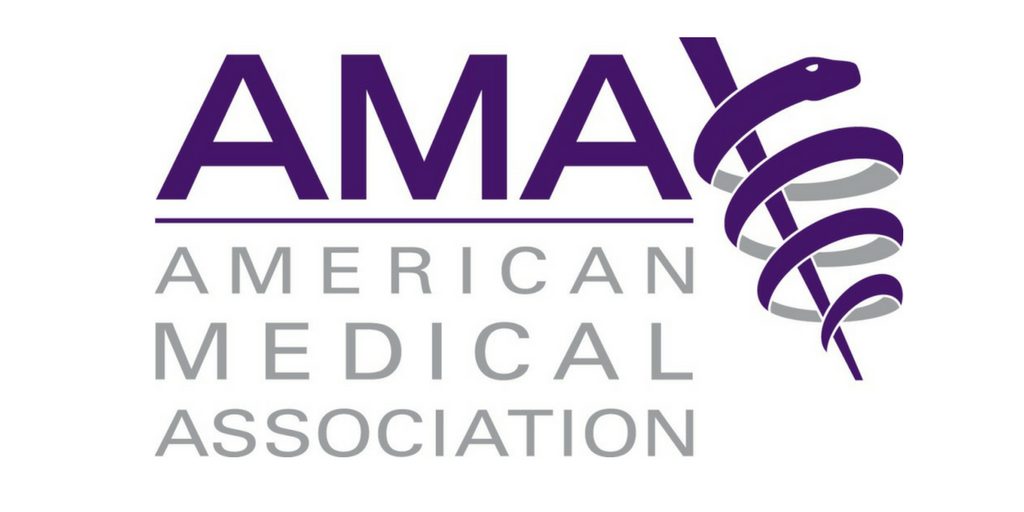We can help you overcome knee pain and injuries
If you are looking for knee specialist in Fairfax VA for pain and injury, then look no further. Our knee specialists diagnose and treat meniscus tears, ligament sprains and strains, swelling, osteoarthritis, and other causes of knee pain. Our knees are critical in providing us movement in sports, walking, and everyday life. We can help you get pain relief today.
Our knee specialist in Fairfax VA for pain and injury are here to help. The knee joint is where the thigh bone (femur) and the leg bones (tibia and fibula) articulate. The patella is the bone in the front of the knee and also has articulation with these other bones. There are various ligaments and tendons that contribute to and surround the knee joint. The tendons and ligaments provide stability, motion, and protection of the knee joint. At the end of each of the bones is cartilage which also helps to distribute forces and ensure smooth and fluid movement of the knee joint. With the continuous movement and stabilization, the knee is constantly under stress causing wear and tear to the joint and supporting ligaments and tendons.
VSMD Approach
At VSMD, our knee specialist in Fairfax VA diagnose knee injuries and issues by analyzing medical history, conducting a physical exam, and using imaging such as ultrasound and x-ray. Based on the findings, the doctor may recommend a conservative treatment to reduce pain and swelling and allow the knee to heal properly. In case of a tear or fracture, the doctor may prescribe a more involved approach to initiate the healing process.
For most knee issues, a non-surgical regiment with frequent evaluation by the doctor is the best course. At VSMD, we treat each patient through a holistic lens. Our doctors not only evaluate the knee but also accompanying systems. Contact our knee specialist in Fairfax VA today.

Causes of Knee Injuries and Pain
There are many injuries that can occur at and near the knee joint and all athletes are subject to have injury whether from contact, mis-footing, twisting, or overuse. Below are some common injuries and conditions that affect the knee.
Common problems include (click to read more):
What is Patellofemoral Pain Syndrome?
Patellofemoral pain, also known as runner’s knee, is a common cause of anterior knee pain. Athletes and non-athletes alike are affected by this condition. It is a poorly understood cause of pain in the knee but is thought to be due to an imbalance in the supporting muscles and ligaments that anchor and stabilize the patella. Any activity or injury that leads to strain on the patella can cause patellofemoral pain. Risk factors for patellofemoral pain include running and jumping sport and activity, increase or change in training, falling on the knee, muscle imbalance, and poor patellar tracking. When there are changes to the underlying cartilage of the patella, it is called chondromalacia patella. Patellofemoral pain syndrome is more common in females than males.
Symptoms may include pain in the front of the knee that is dull and aching, pain increased during or following activity, pain walking up or down stairs, pain with sitting for long periods of time with the knees bent, or pain with kneeling and squatting.
What is Patella Dislocation or Subluxation?
A dislocation of the patella bone may occur in contact or collision sports. When the patella gets shifted out of place but does not truly “dislocate’ it is called subluxation. These injuries cause stretching and sometimes tearing of the ligaments that anchor the patella in place. Symptoms may include pain or a feeling of instability of the knee. There may be bruising and swelling following injury.
What is a Meniscus Tear?
The knee meniscus is cartilage between two bones that provides cushioning and protection to the knee joint. There are two menisci in each knee. Meniscus injury commonly happens in athletics due to a twisting motion on a planted foot and is more common in younger athletes. Acute meniscus tears are commonly associated with other ligament injuries. Another type of meniscus tear is a degenerative tear which occurs over time and is not necessarily associated with an injury.
Symptoms of a meniscus tear may include swelling and pain, catching or locking sensation of the knee, or difficulty squatting.
What to do for an ACL Injury?
The ACL is the main stabilizing ligament of the knee for sudden stopping, starting, cutting and pivoting movements. This ligament is located inside the knee unlike the other major supporting ligaments that are around the knee. An ACL sprain may range from an injury of a few fibers to a complete tear of the ligament. Most ACL injuries are complete or “3rd-degree” sprains. ACL injuries are usually caused by a twisting motion of a flexed knee, with the foot firmly planted on the ground. About three quarters of these are non-contact injuries, meaning the athlete did not run into something or someone to cause the injury. Collisions can cause ACL injuries as well. Skiers are also at risk of ACL injury when landing on an outstretched leg and the heel slips forward. Risk factors of ACL injury include previous ACL injury, female sex, intensity of play (more common in games than practice), muscle and strength imbalances of the body, and genetics.
Symptoms may include an audible snap or pop at the time of injury, immediate swelling of the knee, pain, feeling of instability, and limited motion of the knee.
What is IT Band Friction Syndrome?
The iliotibial band (“IT band”) is a thick band of fibrous tissue (fascia) that extends down the outside of the upper thigh. It begins at the pelvis, crosses the hip and knee, and attaches just below the outside of the knee. Pain may occur due to friction or rubbing of the IT band against the bone on the outside of the knee. It is one of the most common knee injuries and has been reported in as many as 12 percent of runners. Athletes at risk of developing IT band syndrome are involved in sports like cycling, weightlifting, football, soccer and tennis.
Symptoms of IT band syndrome may include pain on the outer part of the knee with sporting activities, a popping sensation on the outer knee, pain after sitting for long periods of time with the knee bent, and pain that worsens with activities.
Who is affected by Osgood-Schlatter Disease?
Osgood-Schlatter disease is a painful irritation of the growth plate (apophysis) at the top of the shin bone (tibia). Irritation and inflammation due to repetitive activities in a growing child or adolescent can cause pain at the bump just below the knee (which is the top of the shin bone). This condition is more common in youth and adolescent sports where repetitive running and jumping occur. It is associated with these activities during a growth spurt, long training season(s) with no time off between seasons, and an increase or change in activity.
Symptoms may occur at the bump just below the knee and include swelling and pain that increases with activity.
Why Does My Patellar Hurt?
Patellar tendinitis (now called patellar tendinopathy) is pain in the tendon between the bottom of the kneecap (patella) and the top of the shinbone (tibia) due to inflammation and irritation. This condition is commonly referred to as “Jumper’s knee”. Athletes participating in sports with repetitive running and jumping are at highest risk, like basketball and volleyball. Other risk factors are repetitive cutting and pivoting or an increase in training volume or intensity.
Symptoms may include pain in the front of the knee that is worse over the patellar tendon and pain that increases with running, jumping, and pivoting activities.
Patellar and Quadriceps Tendon Ruptures
The quadriceps muscle group is made up of four muscles in the front of the thigh. The quadriceps tendon attaches the quadriceps muscles to the knee cap (patella). The patellar tendon attaches the kneecap to the shin bone (tibia). These muscles, tendons and bones work together to straighten the knee. Rupture usually occurs when the quadriceps muscle contracts forcefully while the knee is bent. The patellar tendon is more likely to rupture in athletes under age 40, while patients over age 40 are more likely to rupture the quadriceps tendon. Steroid use and certain diseases such as rheumatoid arthritis, lupus, diabetes and kidney failure increase the risk for patellar and quadriceps tendon ruptures. Tendinitis, previous knee surgeries and degenerative changes also increase the risk for rupture.
Symptoms of tendon rupture may include an audible pop or snap at the time of injury, pain or swelling in the area, or inability to fully extend the leg.
How Did I Sprain my MCL?
The MCL is one of the four stabilizing ligaments of the knee joint, located on the inner, or medial, aspect of the knee. This ligament prevents the knee from collapsing inward. MCL sprains are common injuries, particularly in athletics, and can either result in stretching, partial or complete tearing of the ligament. There are two mechanisms by which the MCL may get injured: 1) twisting motion on a bent knee that causes the knee to collapse inward or 2) direct contact to the outside of the leg and knee that causes the knee to collapse inward. Activities at higher risk of MCL injuries are those that involve pivoting, shifting, and quick direction changes and collision and contact sports. The highest risk sports are hockey, soccer, and football.
Symptoms of an MCL sprain are pain, bruising, and swelling on the inner aspect of the knee, a feeling of instability of the knee, an audible snap or pop at the time of injury, and stiffness.
Is Knee Arthritis Painful?
Arthritis, osteoarthritis, or degenerative change is a common condition that causes pain, swelling, and reduced motion of the knee. The knees are weight-bearing joints and as such, function under the body weight. When walking or running, the force that the knee sustains actually increases 3 to 4-fold. There is not one single cause of arthritis but the changes caused by arthritis to the knee joint increase over time. These changes can be seen as early as the 30s and are much more common with each decade one ages over 50 years old. Arthritis may or may not be painful. When the arthritis gets irritated or inflamed is typically when pain starts. Depending on the severity of the arthritis and pain, there are various treatment options but there is no cure for this disease.
Who is affected by SLJ Disease?
Sinding-Larsen Johansson (SLJ) disease is a painful irritation of the growth plate (apophysis) at the bottom of the knee cap (patella). This type of irritation is called apophysitis which is a common irritation of the growth plate in pediatric athletes and non-athletes. Children have open growth plates that are made of cartilage where muscles and tendons attach. These growth areas can become irritated with repetitive stress or a direct trauma to the area. Pain increases with activities like climbing stairs, running, jumping, deep bending of the knee, or kneeling. Children may develop pain during periods of increased activities (like the beginning of the season or a sports camp), or during growth spurts.
Symptoms may include dull, aching pain at the bottom of the kneecap. This pain may become worse when walking upstairs, kneeling or squatting, running or jumping. They may have swelling or a bump at the bottom of the kneecap.




